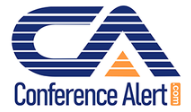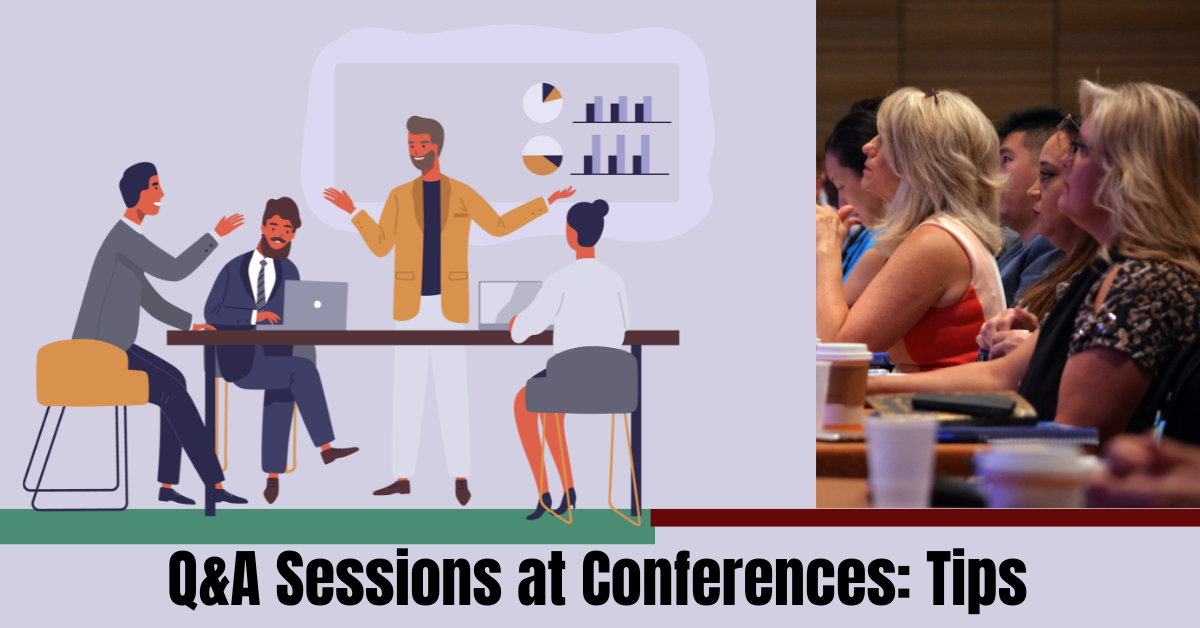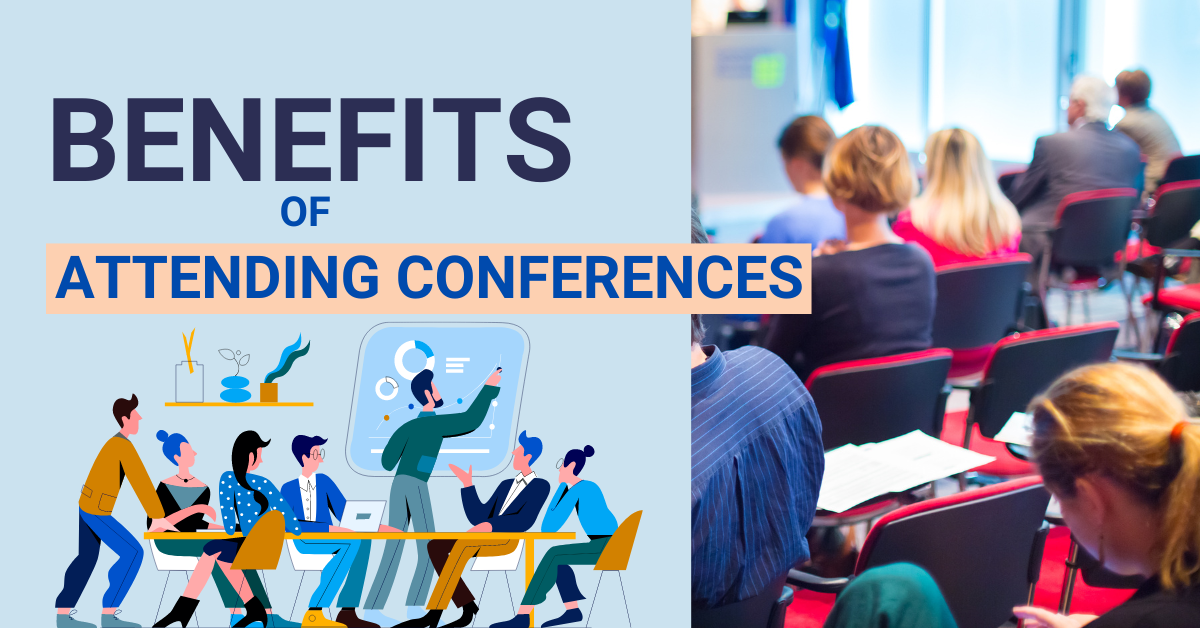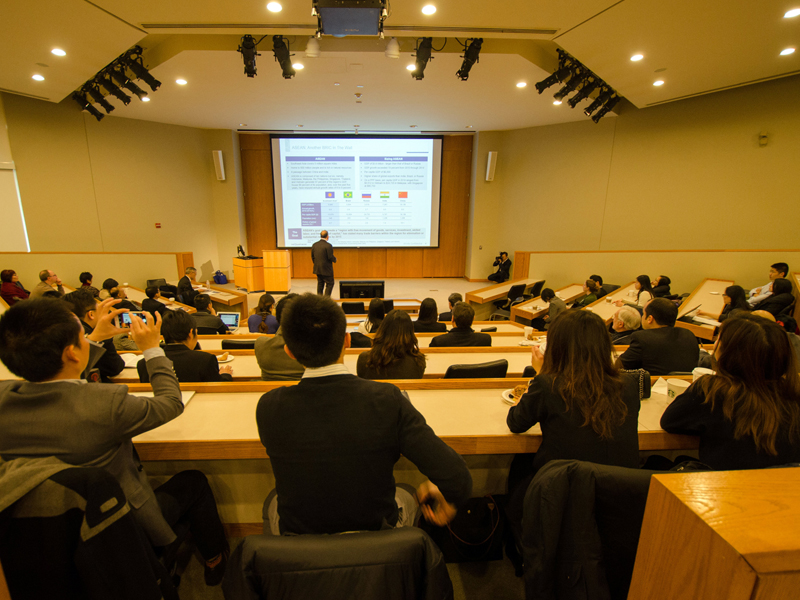Attending and presenting at academic conferences is a central aspect of research culture in the United States. Gatherings provide researchers with an opportunity to share findings, network with peers, and engage in fruitful discussions.
One critical part of this process is the Question and Answer (Q&A) session that often follows a presentation. Successfully navigating Q&A sessions can enhance a researcher’s reputation, strengthen their communication skills, and even lead to collaborative possibilities in the future.
Understanding the Importance of Q&A Sessions
Before delving into the specifics of managing Q&A sessions, it’s crucial to recognize why they hold significance in academic conferences:
- Feedback Opportunity: Q&A sessions allow researchers to receive immediate feedback on their work. Hearing diverse perspectives can illuminate aspects of the research that may need further exploration or clarification.
- Engagement: These sessions foster an interactive environment, encouraging participants to engage with the topic more actively. Engaging dialogue can spark new ideas and collaborations.
- Clarification of Ideas: Researchers can clarify complex ideas or methods that may not have been well understood during the presentation. This can help ensure the audience fully grasps the significance of the work.
- Networking: Q&A sessions present an excellent opportunity to connect with other researchers, potential collaborators, or industry professionals. Engaging well can leave a lasting impression.
- Confidence Building: Successfully addressing questions prepares researchers for future engagements, enhancing their confidence in their knowledge and presentation skills.
Preparing Your Presentation
Preparation is a cornerstone of success in any presentation. The following strategies can help ensure that your presentation is well-received, setting the stage for an effective Q&A session:
1. Know Your Audience
Understand the background and expertise of your audience. Are they specialized in your field, or do they come from diverse backgrounds? Tailoring your presentation and anticipating questions can make the Q&A session more engaging.
2. Structure Your Presentation Clearly
A clear, logical structure helps your audience follow your ideas easily. A well-organized presentation allows the audience to grasp the essential elements of your research, enabling more focused questions later.
3. Anticipate Potential Questions
Before your presentation, think about possible questions that might arise from your work. Consider questions about your methodology, conclusions, implications, and any limitations of your research. This preparation can make it easier to respond in real-time.
4. Practice Your Responses
Practice delivering your responses to anticipated questions. Rehearsing with colleagues can help refine your answers and strengthen your confidence. It also offers an opportunity to identify gaps in your understanding.
During the Q&A Session
Once your presentation concludes, the Q&A session begins. Here’s how to handle it effectively:
1. Listen Actively
Listening is key. Give the questioner your full attention, and avoid interrupting them while they speak. This shows respect and ensures that you fully understand their question before responding.
2. Clarify If Necessary
If a question is unclear, don’t hesitate to ask for clarification. You might say, “Could you please elaborate on that?” This not only helps you provide a more accurate answer but also engages the audience.
3. Take a Moment to Think
It’s perfectly fine to pause for a moment to gather your thoughts before responding to a question. This can prevent you from rushing into an answer that may not fully address the question asked.
4. Be Honest
If you do not know the answer to a question, it’s better to be honest than to guess. You can say, “That’s a great question. I don’t have the answer right now, but I would be happy to discuss it further after this session.” This not only shows integrity but also promotes further dialogue.
5. Stay Calm and Composed
Some questions may feel challenging or even confrontational. Maintaining a calm demeanor is crucial. Take a deep breath, and reply thoughtfully rather than reactively.
6. Engage with the Audience
Encourage engagement by making eye contact and addressing the whole audience, not just the person asking the question. This inclusivity makes others feel like they can contribute as well.
7. Watch Your Body Language
Positive body language can enhance your credibility. Stand or sit up straight, smile, and use hand gestures appropriately to emphasize your points. Avoid crossing your arms or appearing defensive.
8. Repeat Questions (if needed)
Repeating the question before answering can be beneficial. It gives you time to think and ensures that everyone in the audience hears the question, which is especially important in larger sessions.
Managing Difficult Questions
In academic settings, some questions may seem daunting. Here are strategies to manage difficult inquiries:
1. Stay Professional
No matter the tone of the question, it is essential to maintain professionalism. Responding in a defensive or hostile manner can impact your reputation negatively.
2. Avoid Personal Attacks
Sometimes, questions may stem from personal biases or disagreements. Avoid getting drawn into personal disputes; focus on the content of your research instead.
3. Acknowledge Valid Points
If the question raises a valid concern or critique, acknowledge it. Follow it up with a response that highlights the limitations of your research while also discussing how it adds value to the field.
4. Use Humor Wisely
A light-hearted remark can diffuse tension in a potentially confrontational situation, but use humor carefully. Misjudging the mood can backfire.
5. Offer to Follow Up
If a question requires more extensive discussion than the Q&A session allows, offer to follow up after the session. You can collect contact details or suggest a later conversation over coffee.
Engaging with Your Audience
Engaging with your audience during the Q&A session can enhance the value of the discussion. Here are techniques to promote engagement:
1. Foster a Dialogue
Encourage follow-up questions from the audience or ask others for their perspectives on a specific question you’ve answered. This makes the session feel collaborative.
2. Invite Broader Questions
After addressing specific inquiries, you may invite broader questions related to your field or area of research. This can lead to unexpected, rich discussions.
3. Summarize Discussion Points
Periodically summarizing key points or recurring themes throughout the Q&A can reinforce crucial messages and ensure clarity.
4. Thank Participants
Show gratitude at the end of the Q&A by thanking participants for their questions and engagement. This ending can leave a positive impression.
After the Q&A Session
Your work doesn’t end when the Q&A session wraps up. The following steps can help capitalize on the momentum gained during the session:
1. Networking Opportunities
Take advantage of informal interactions after the session. Talk to those who asked questions or expressed interest in your research. Exchange contact information and follow up later.
2. Reflect on the Experience
Post-conference, take time to reflect on the Q&A session. Consider what went well and areas where you could improve for future presentations.
3. Document Feedback
If you received constructive feedback during the Q&A, document it for future reference. This helps to refine your research and presentation skills.
4. Follow Up
If you promised to follow up with a participant, do so promptly. Engaging with interested individuals can foster future collaborations.
5. Share Insights with Colleagues
Questions and interest levels with colleagues who attend the conference with you. Yield new insights and contribute to future collaborations.
Success in Q&A sessions at conferences is a skill that USA researchers can cultivate over time. Through preparation, active listening, constructive engagement, and openness to feedback, researchers can turn potentially intimidating situations into dynamic dialogues.
Challenges and learning from experiences fosters professional growth and enhances the academic community. By mastering the art of handling Q&A sessions, researchers bolster not only their own confidence and credibility but also the quality of scholarly discourse as a whole. Navigating the complexities of Q&A positively impacts research visibility and encourages innovative collaborations, enriching both individual careers and the academic landscape.




